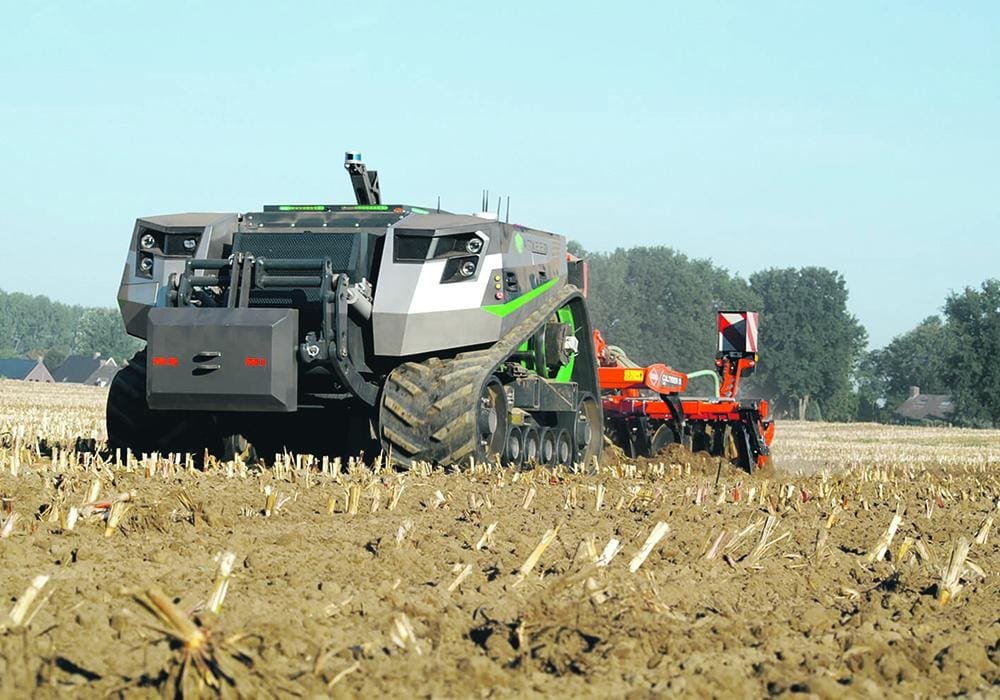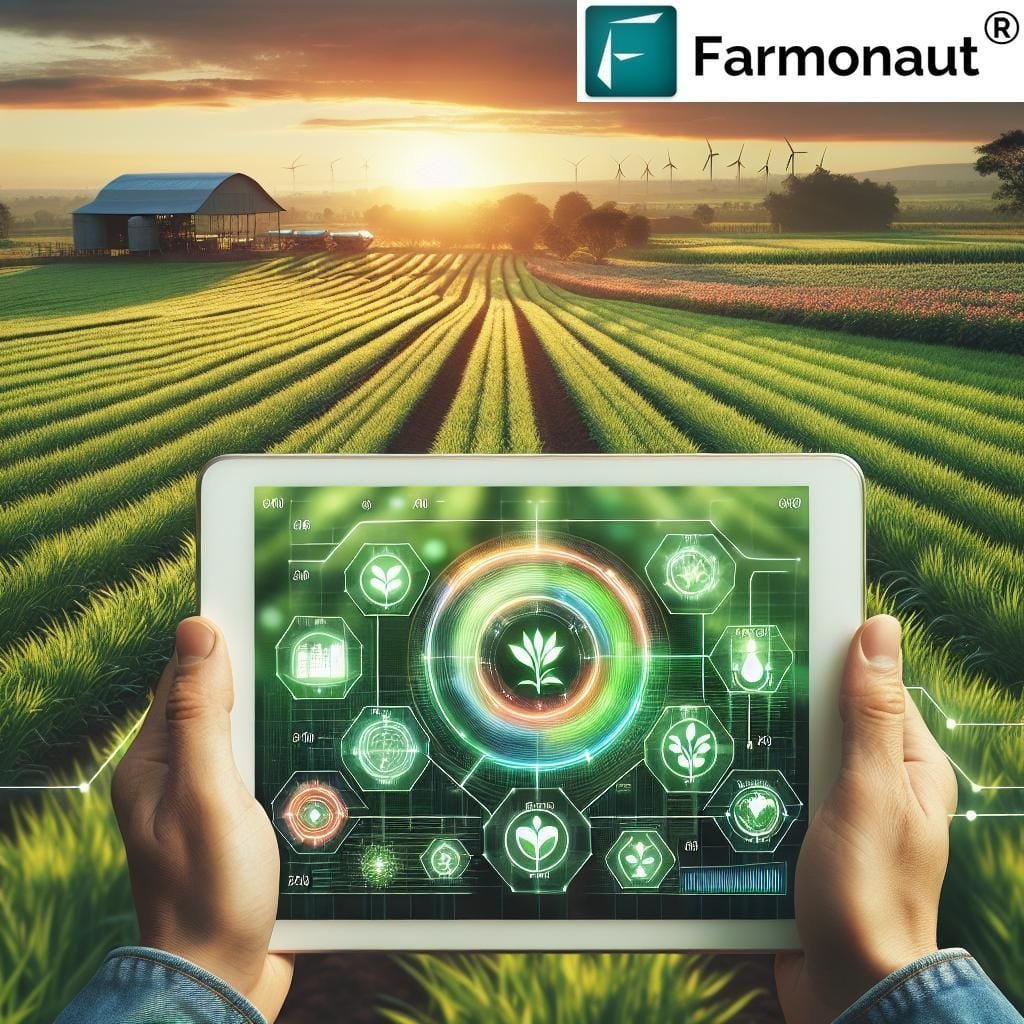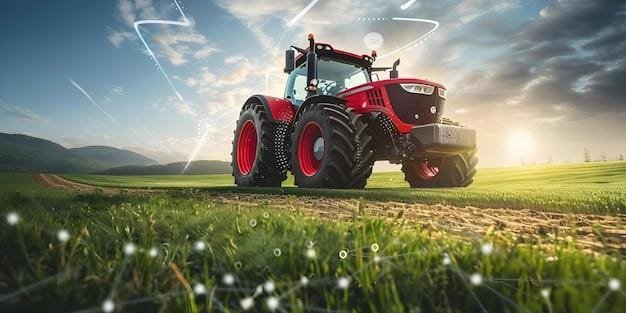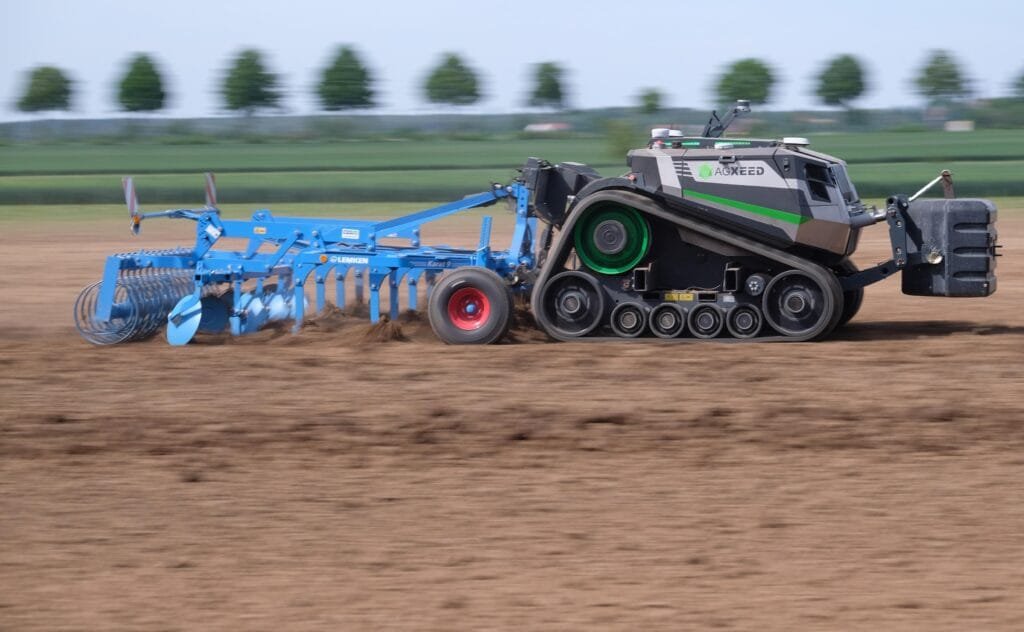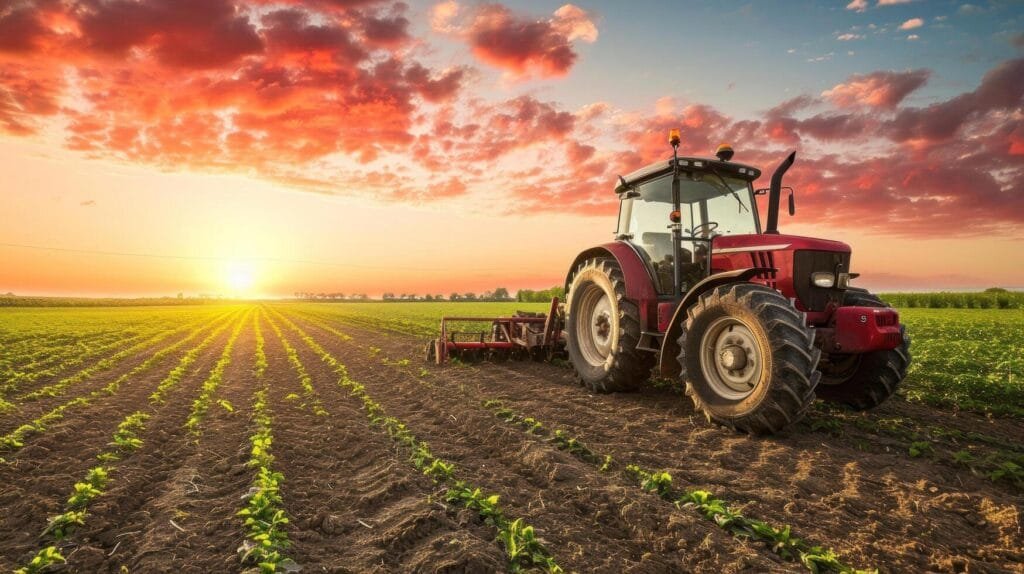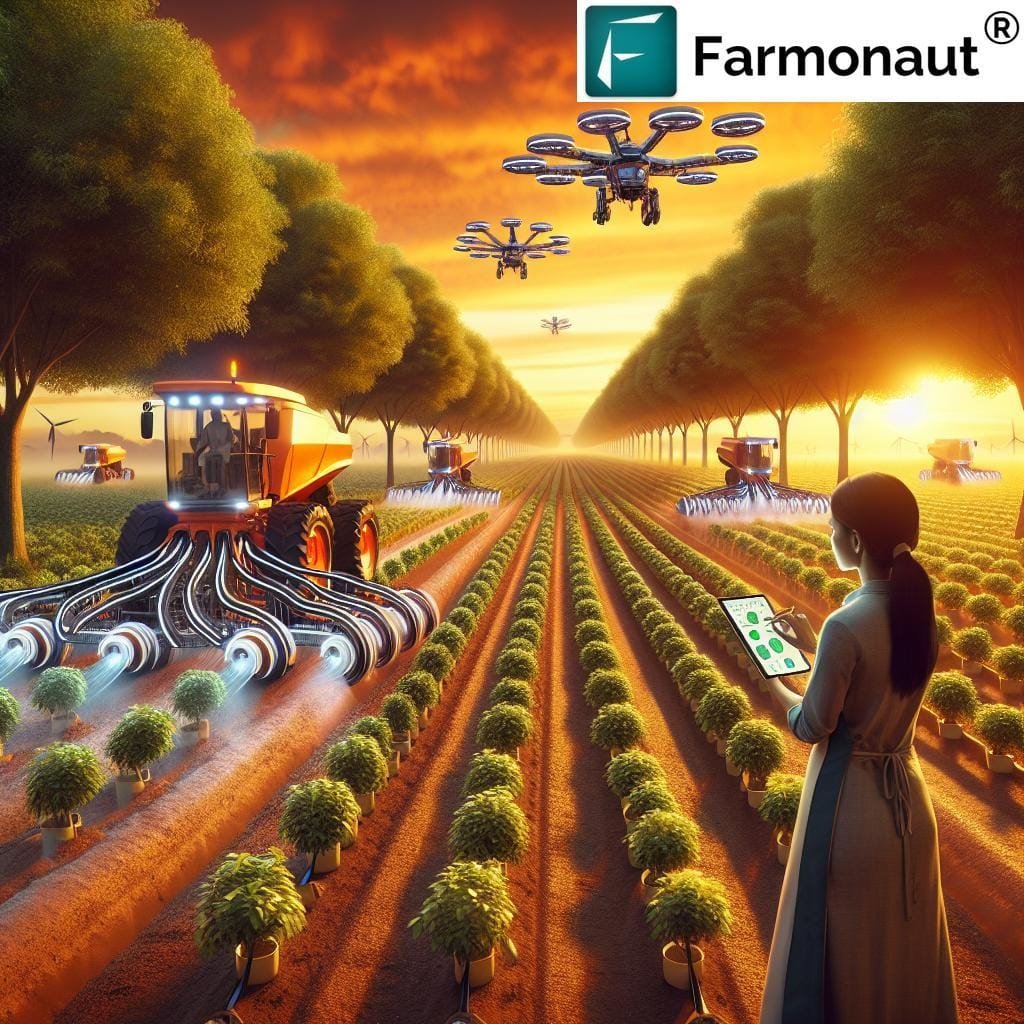Stalling at the regulatory intersection can be both frustrating and revealing-a sentiment shared by innovators advancing autonomous farming, engineers navigating compliance labyrinths, and even farmers themselves, whose daily routines no longer resemble those of a generation ago. Autonomous agriculture flirts with revolution. But regulatory hurdles keep moving the goalposts.
Cumbersome Infrastructure Mandates
The mosaic of regulations across jurisdictions creates a complicated patchwork for implementers of robotic field solutions. Many agricultural regions suffer from inadequate digital infrastructure-broadband dead zones persist where fields stretch furthest. Initiatives to deploy 5G connectivity haven’t always aligned with crop belts’ unique topographies or property lines shaped by century-old deeds. As a result, what looks like elegant automation in Silicon Valley pitch decks lands with a dull thud in areas where connectivity flickers unpredictably.
Even after investing considerable capital to upgrade rural networks (sometimes at public expense), farmers may find unexpected compatibility issues between their upgraded tractors and cloud-based systems required for certain autonomy features. Meanwhile, licensing requirements lag behind hardware advances; equipment cleared for test plots might still languish for seasons before gaining broader approval due to convoluted government testing procedures.
Environmental Regulation: A Double-Edged Hoe
New environmental guidelines are heralded as visionary but often serve as stumbling blocks in the short term. Legislation designed mainly to curtail fertilizer runoff now governs not only chemical usage but also how autonomous machines must sense-and record-their application patterns throughout hundreds of acres. Devices must prove compliance through precise datasets that regulators sometimes demand on timelines more fitting city governments than perennial planting cycles.
Adopting eco-friendlier machinery is promoted as beneficial but rarely mentioned is just how much instrumentation retrofitting existing fleets requires-each addition often triggering new rounds of authorization paperwork, which can push schedules past crucial growing windows or force additional cash flow crunches during already lean periods.
Interestingly enough, despite claims that regulations guarantee cleaner outputs immediately, several large-scale adopters have noted an increase in operational complexity without immediate ecological gains-a side effect presumably unintended by policymakers yet not wholly uncommon when rules evolve faster than tools.
Shifting Subsidy Schemes and Uncertainties
Agricultural subsidies shift like weather patterns these days; promises made one budget cycle don’t necessarily hold into the next fiscal year. Where historic funding flowed predictably toward staple crops or basic upgrades, revised statutes now emphasize sustainability initiatives over conventional mechanization paths.
These changes bring an odd circumstance: smaller producers sometimes benefit less from incentive programs targeting “innovative solutions” because grant applications are nearly as complex as EPA reporting forms. Larger outfits-with entire departments devoted just to compliance-more quickly navigate such mazes while smaller growers get tangled up like tumbleweeds caught on barbed wire fences-for some reason I believed this would create more balance in market power dynamics between farm sizes; lately evidence suggests otherwise though.
And occasionally subsidy adjustments introduce perverse incentives: shifting support toward low-emissions technologies has led some operations merely to mothball older equipment while hesitating on full adoption until regulatory wind direction becomes steadier-a kind of “wait-and-see-because-we-might-get-another-tax-credit” syndrome emerges instead of true transformation.
Trade Policy Whiplash Caught Between Borders
Unpredictable tariffs throw another wrench into autonomy’s gears. Robotics modules sourced internationally may arrive burdened with surprise levies recently enacted by trading blocs seeking leverage over unrelated disputes (fish exports may trigger combine harvester import tariffs if you follow legislative logic far enough down rabbit holes). This upsets bottom-line calculations done months prior-and compels procurement officers either chase domestic alternatives or postpone upgrades altogether until trade winds settle favorably again.
On occasion-it happens less frequently than corporate press releases suggest-you’ll see cooperative cross-border harmonization efforts smoothing technical standards so autonomous tractors equipped for Iowa soil don’t stall out when crossing into Ontario’s wheat fields unexpectedly mud-packed thanks to divergent safety code expectations adopted mid-season last June.
Subtle Shifts and Off-beat Opportunities
With all that said, resistance breeds creativity-or perhaps resourcefulness is simply what remains when bureaucracy tightens its corset too firmly around innovation’s waistline? Some forward-thinking ventures have begun drafting coalitions uniting hardware developers with university research teams who know their way around academic exemption clauses buried deep within regulatory text no one outside legal faculties seems willing to read fully anyway.
It could be argued these alliances represent either clever circumventions-or pointed criticisms subtly aimed at lawmakers unfazed by manufacturing season deadlines-the jury’s out depending who you ask at any agricultural policy roundtable after coffee break concludes early due to persistent Wi-Fi outages somewhere near plot six west orchard perimeter (not quite adjacent).
Cognitive Momentum Outpaces Order
There will never be perfect symmetry among regulation-makers’ intentions versus users’ needs since technological progress darts ahead while statutes trudge along tractor ruts left long ago under different skies entirely. That doesn’t mean ambitions should shrink-just perhaps accept that each advance comes slightly sideways rather than straight down intended furrows.
If there’s hope looming beyond page margins here it rests upon continued dialogue among field practitioners willing neither always comply nor fully rebel: they simply improvise new paths onward whenever old rules choke off once-promising rows sprouting green anew underneath shifting clouds overhead-which sometimes resemble sheep if one stands far enough back (though others see horses instead).



